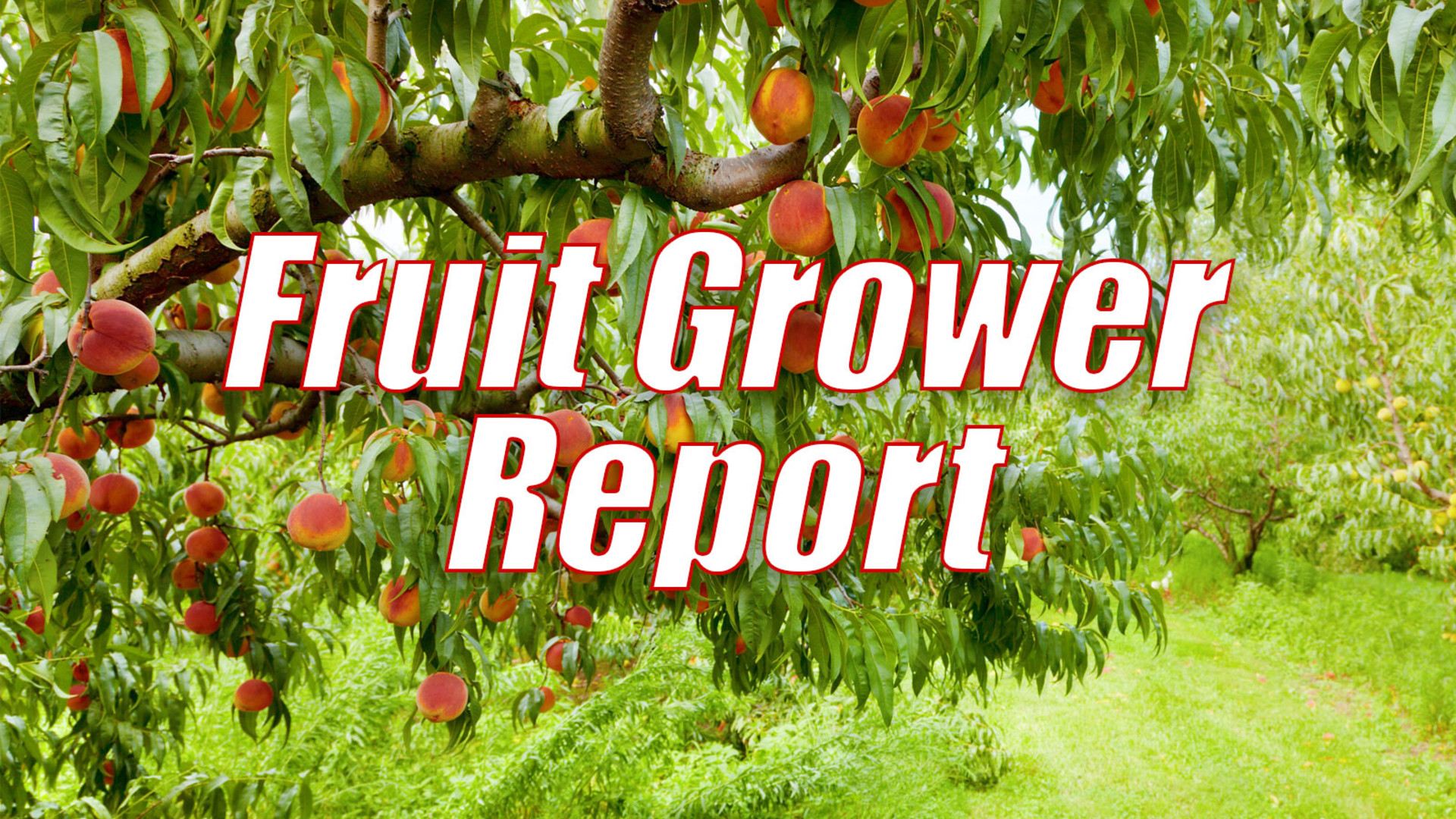Setting A Trap
Setting A Trap. I’m Greg Martin with today’s Fruit Grower Report.It could be a disaster and that’s why they’re setting a trap now. Sound like the plot of some new spy novel? Nope, just preparations to combat the gypsy moth across the northwest and while the population of gypsy moth are relatively low the effort to stay ahead of the game with detection efforts is heating up. That means setting up detection traps. ODA’s Clint Burfitt says a high concentration of these traps will be located along the Columbia River because of the threat of Asian gypsy moth hitching a ride on ships arriving from ports in Russia, Korea, Japan, and China.
BURFITT: Based on the high population numbers that have been observed at these ports and the egg masses that have been recovered the past couple of years, even on containers, there is heightened alert nationally to be on the lookout for Asian gypsy moth this coming year.
Detection of the gypsy moth has been relatively low on both sides of the Columbia River but Burfitt says orchardists shouldn’t get complacent about gypsy moths just because there hasn’t been an eradication project now for six straight years.
BURFITT: We’re definitely bracing ourselves to get back into eradication mode. We hope that doesn’t occur. But we are well prepared to be able address this in the near term and the long term.
The Asian gypsy moth is of special concern because the female can fly, unlike the more common European gypsy moth seen in the past. That can lead to a wider and quicker spread of an infestation as well as a bigger chance of them being transported on ships coming from Asia.
That’s today’s Fruit Grower Report. I’m Greg Martin on the Ag Information Network of the West.

















